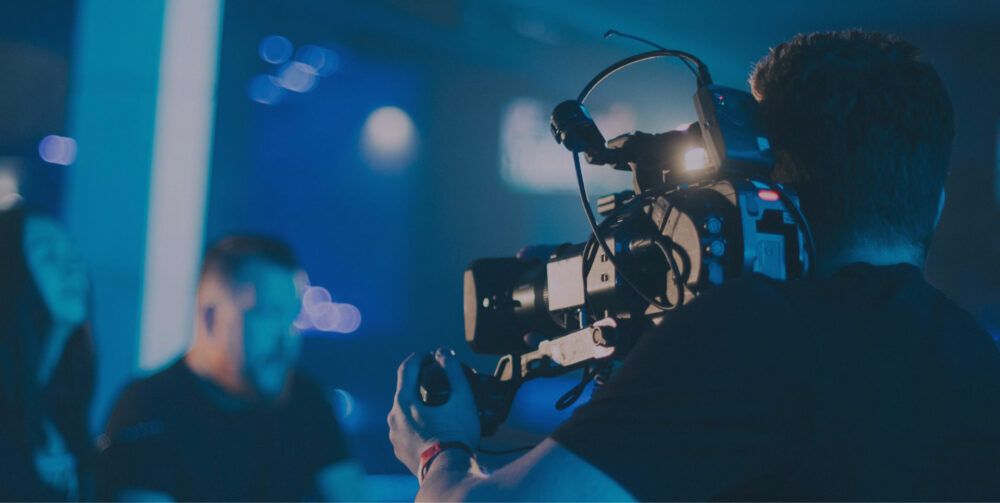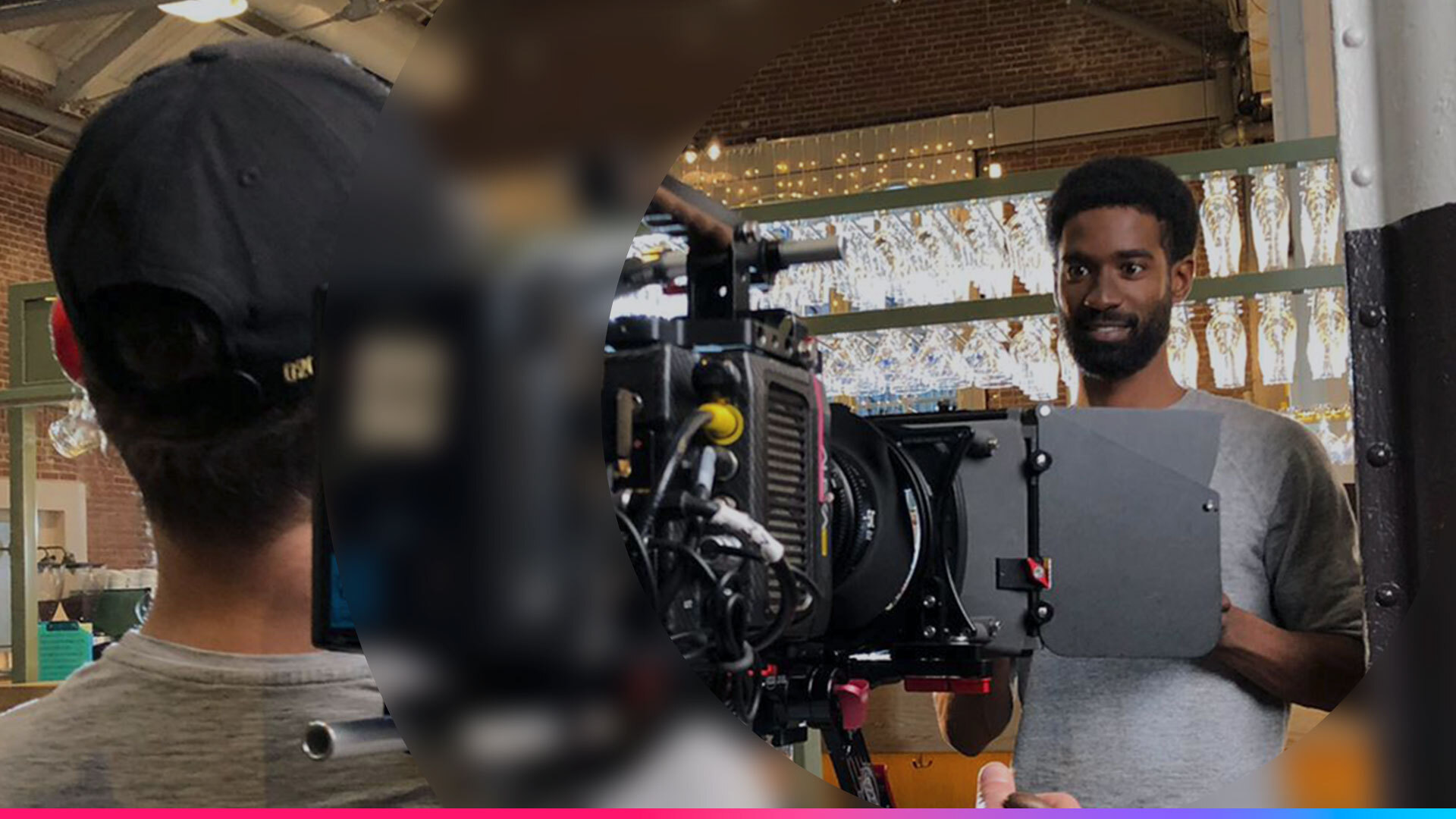
Day in the life: equipment manager and camera operator at MediaMonks
When we asked Ronnie den Heijer to tell us more about the projects he’s recently been involved in as a camera operator and as an equipment manager, he laughed and said: “It’s one big blur!” We totally get it. Here’s what he had to say about the ins and outs of combining large-scale equipment management with complex video shoots at the Amsterdam office of global video, VR and creative multimedia design firm MediaMonks. Spoiler alert: it ain’t easy.
“We’re growing, and I need more insights about our assets”
Like most businesses, MediaMonks started out small. “In our office, we had one camera and stored it in our equipment room, and used a Google Calendar to manage it,” Ronnie explains. “But as we grew, we bought more and more equipment, and everything got much more complex.”
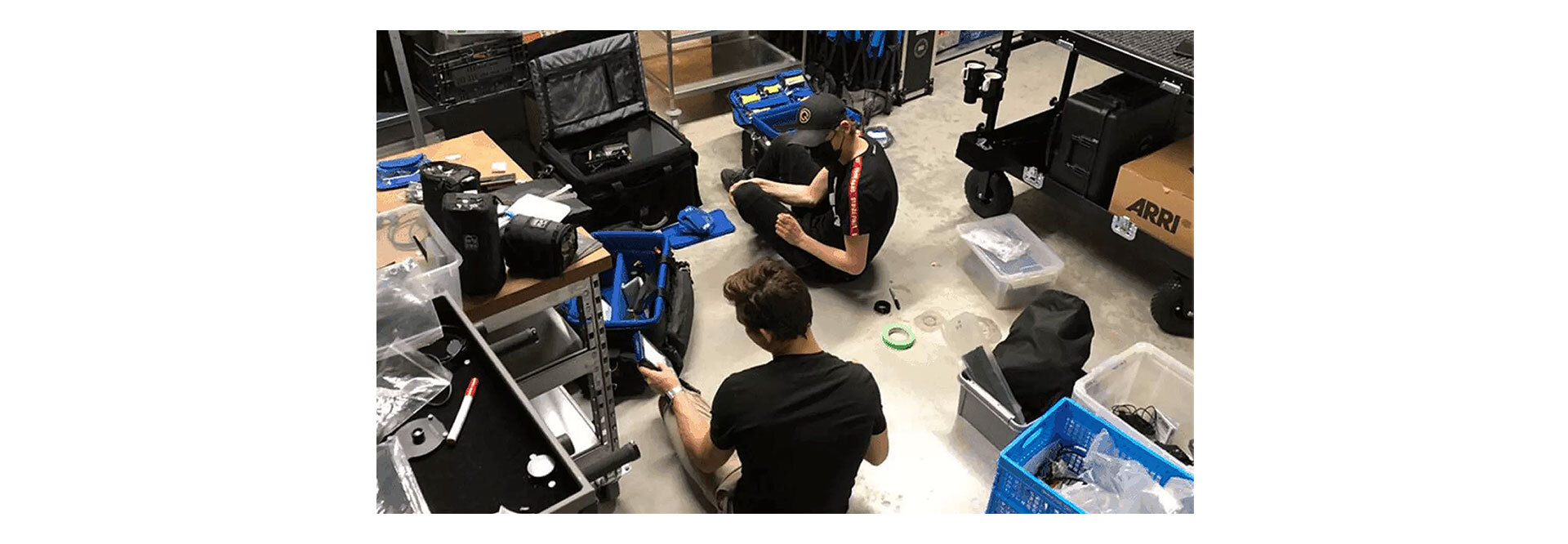
In fact, MediaMonks grew so big that a new organizational structure was in order. “At that point, it was necessary for me to find an equipment management tool – so I signed up for a free trial with Cheqroom,” he says.
“At first, we used Cheqroom for specific things, like item reservation. But now, the check-in/out functionality is really what it’s all about – as an equipment manager, I need to be sure every piece is present in every case. I also use the tool for insights into depreciation and to say, okay, we used this camera X number of times and spent this much on it. I can more easily make a business case for new purchases.”
“I spend 3 days at shoots and 2 in the equipment room every week”
Ronnie estimates that MediaMonks works with around 20 producers. “We get busier by the year,” he continues. “Today, we have three or four shoots per week. My colleague and I are the equipment managers at MediaMonks, so we are responsible for managing, preparing, or renting all of the equipment required by the producers.”
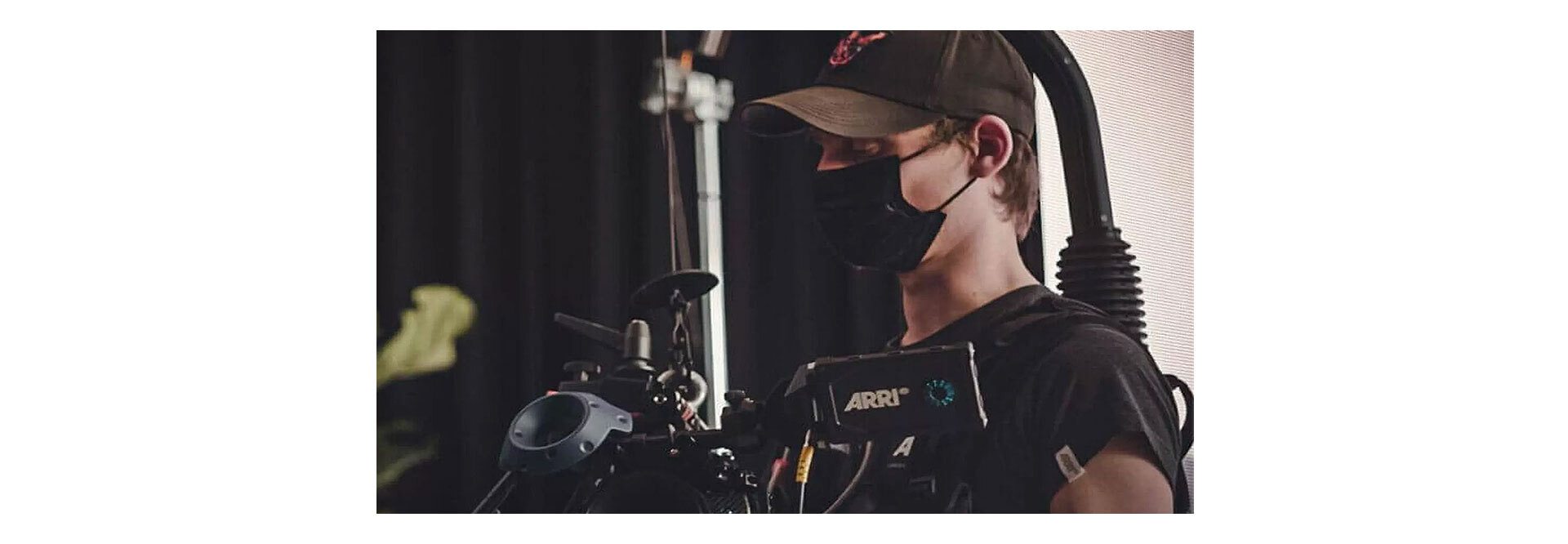
From food to cars to make-up to telecom services and even beer commercials: MediaMonks tackles a wide range of video projects. “Each shoot usually lasts 1 or 2 days – they are mostly shorter projects. I handle the camera equipment side, connecting with different stakeholders, identifying the equipment they are bringing in, what we have available and then renting what we don’t have. No double bookings allowed.”
“Producers tend to raid the equipment vault”
Ronnie has learned that producers don’t always know best when it comes to the tools they need for a shoot. If given the option, they reserve it all.
It’s up to producers to make the request for equipment, but they don’t always have the technical knowledge needed to specify the right equipment. “For example, a producer might request all the lenses we have,” he laughs. “This is why we’re still relying on Google Forms for the ‘request equipment’ function. “I know exactly which lenses match with the project, and the Google form gives me that quick overview of it.”
“I love working in a team to achieve a creative outcome”
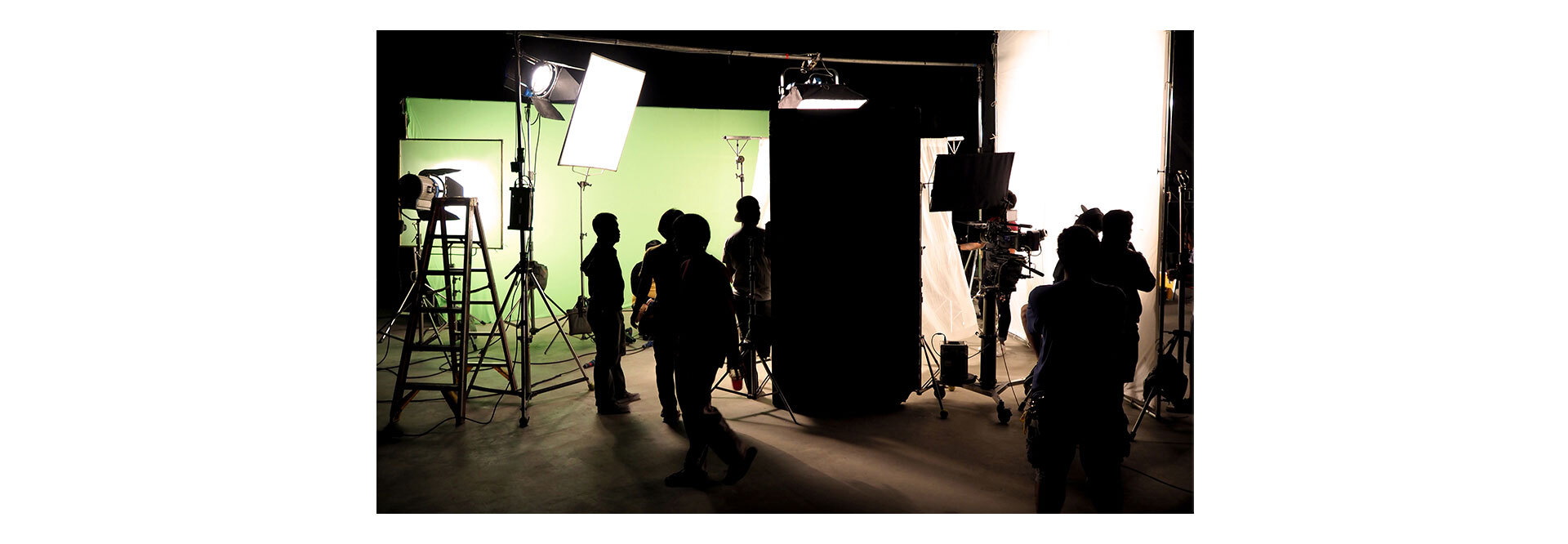
But equipment management isn’t the only thing on Ronnie’s plate, however; he’s also a camera assistant on set.
“It’s so exciting to be on a shoot. And at the end of the day you’ve made this big thing together,” he asserts. “I’m handling camera assistant tasks, but I’m continuously surrounded by the gear – I know how it works, each model’s advantages and disadvantages, how to scale equipment for different needs. It’s these two roles coming together.”
His most memorable recent project? Ronnie “That would have to be a big one for an internet provider. It was huge – we had a crane, a steadycam, a dolly – and it was a night shoot. I got home at 10 in the morning!”
“The little things really matter to avoid missing components”
When it comes to frustrations on the job, Ronnie cites missing components as one of the most irritating issues.
“That moment when equipment is returned and you discover that everything is there except the battery or the power cord, rendering the whole thing useless,” he says. “Then you have to track it down and everybody is pointing fingers. Even the ‘little’ things are super expensive; a power cable can cost EUR 150.”
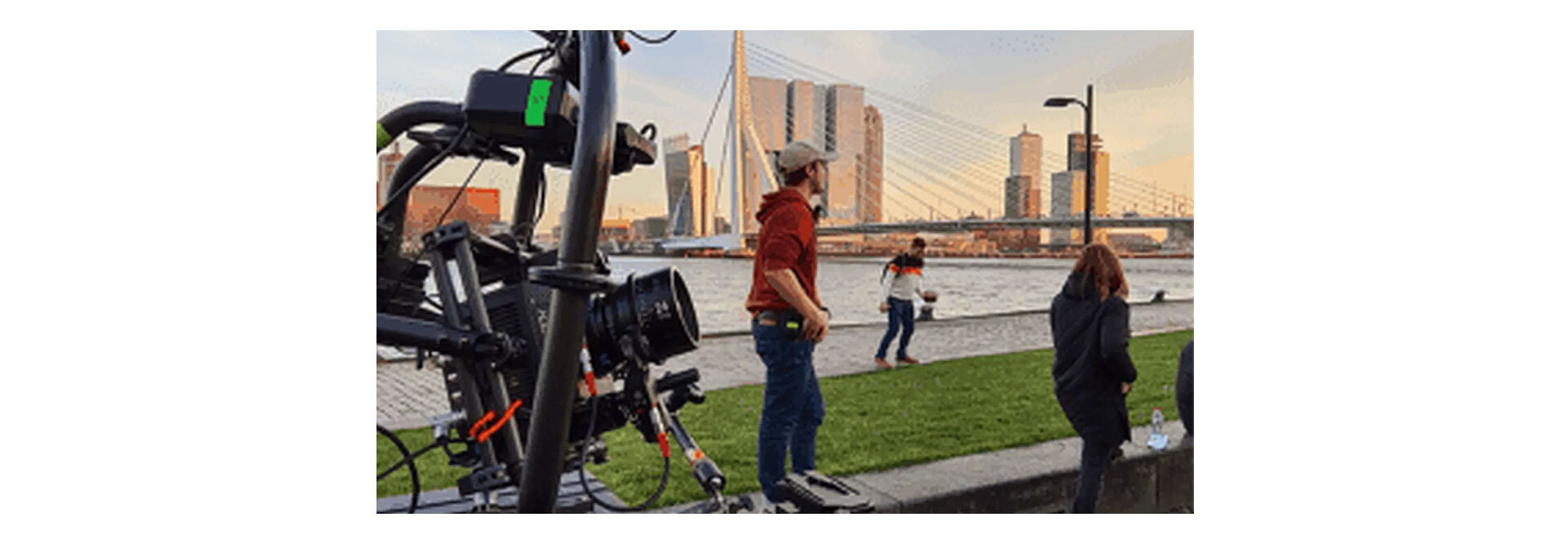
“Because of this, we recently started adding very detailed items to Cheqroom. Before, we included basic components – body, lenses, etc. But now we’re entering specifics: this charger, this cable, in order to make it easier for anybody to track. Before this knowledge was all in my head, I’d open the bag, case, or box and know what was missing. Now, that list from Cheqroom makes it easy to verify what’s there and the last person who used it. Without this capability, with all of these small projects going on, it’s possible for a cable to be lost three projects ago.”

Were you inspired by Ronnie’s story or do you have a similar story? Request a demo and to see how we can make your equipment management more efficient.
More blog articles







